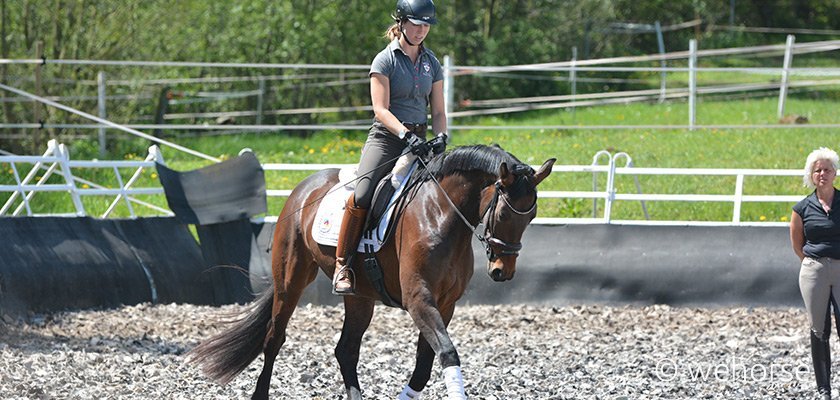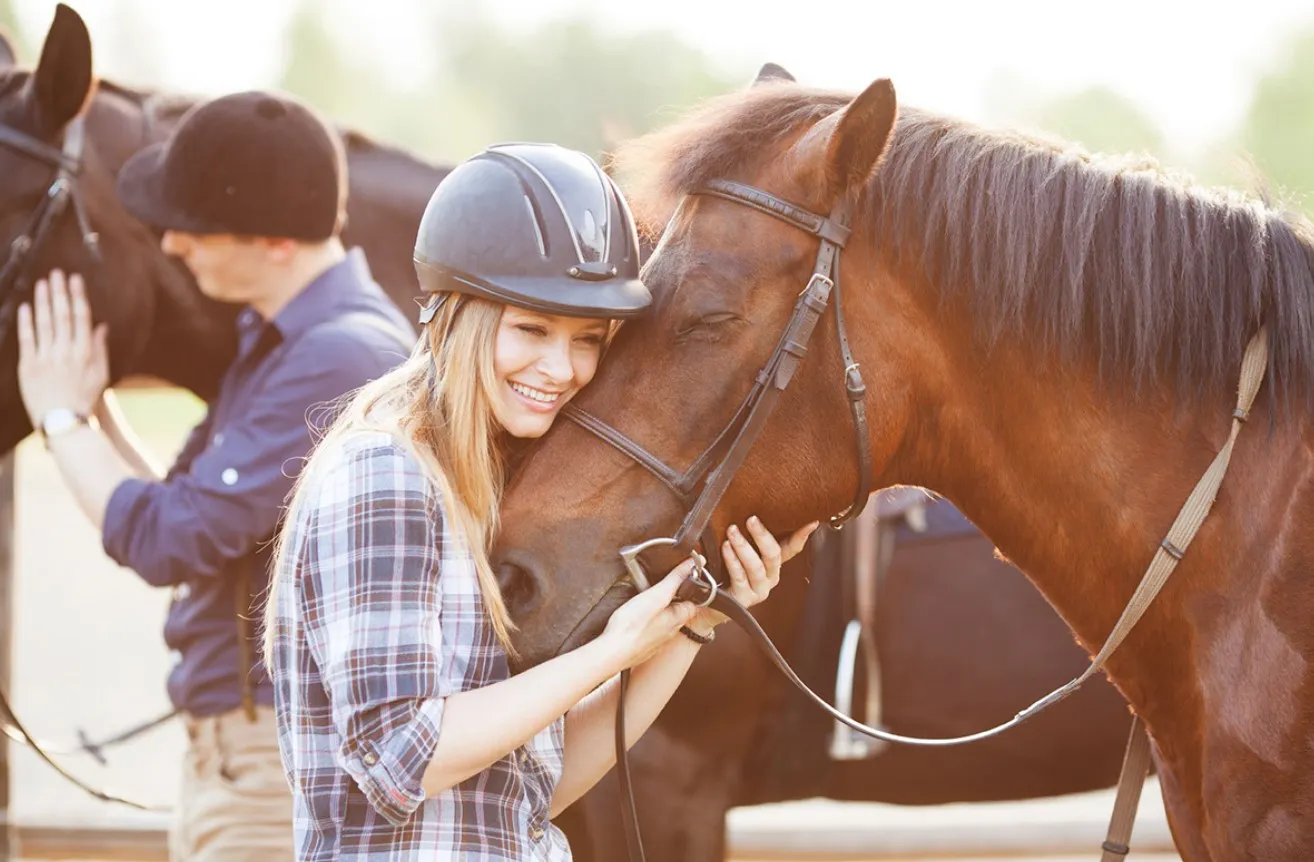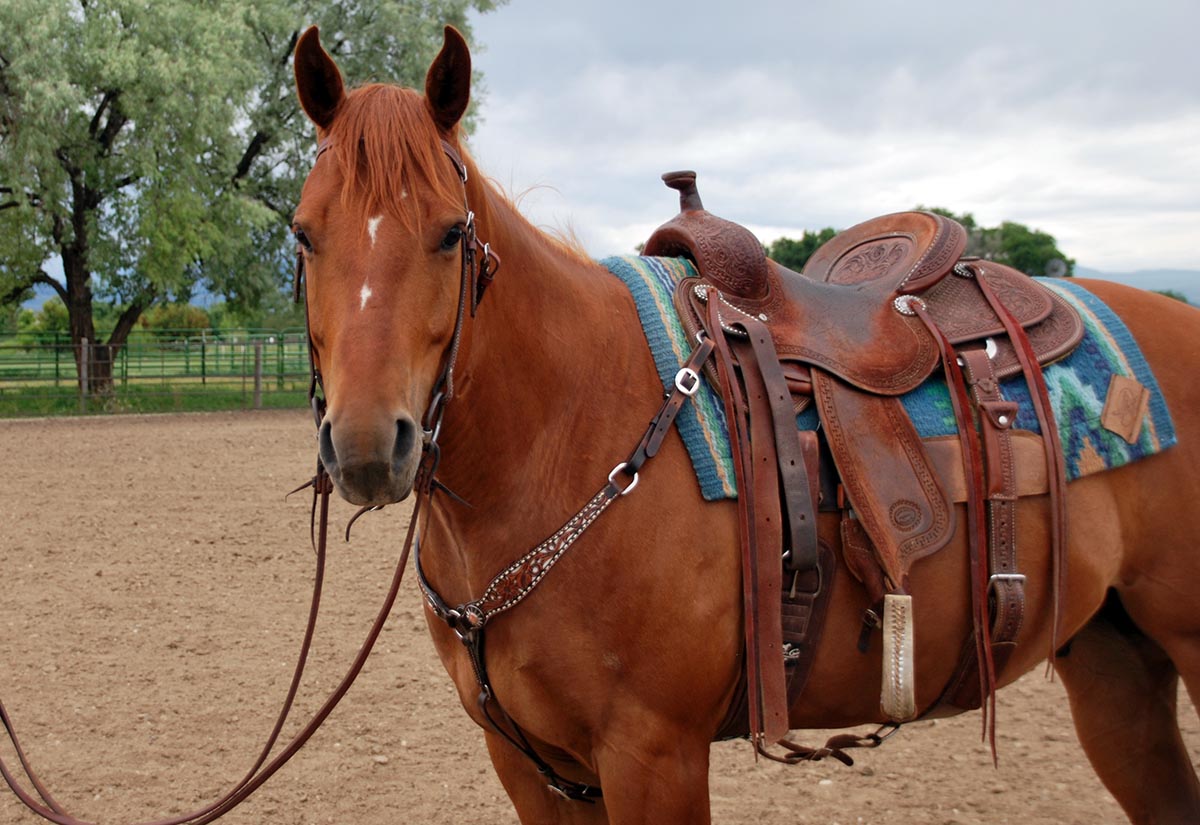Embarking on the journey of horse riding is both exhilarating and rewarding. Whether you are a beginner or an experienced rider, having a comprehensive horse riding training guide is essential to mastering the art of riding. In this article, we will delve into various aspects of horse riding, from understanding the basics to advanced techniques, ensuring you are well-equipped to enjoy every moment in the saddle.
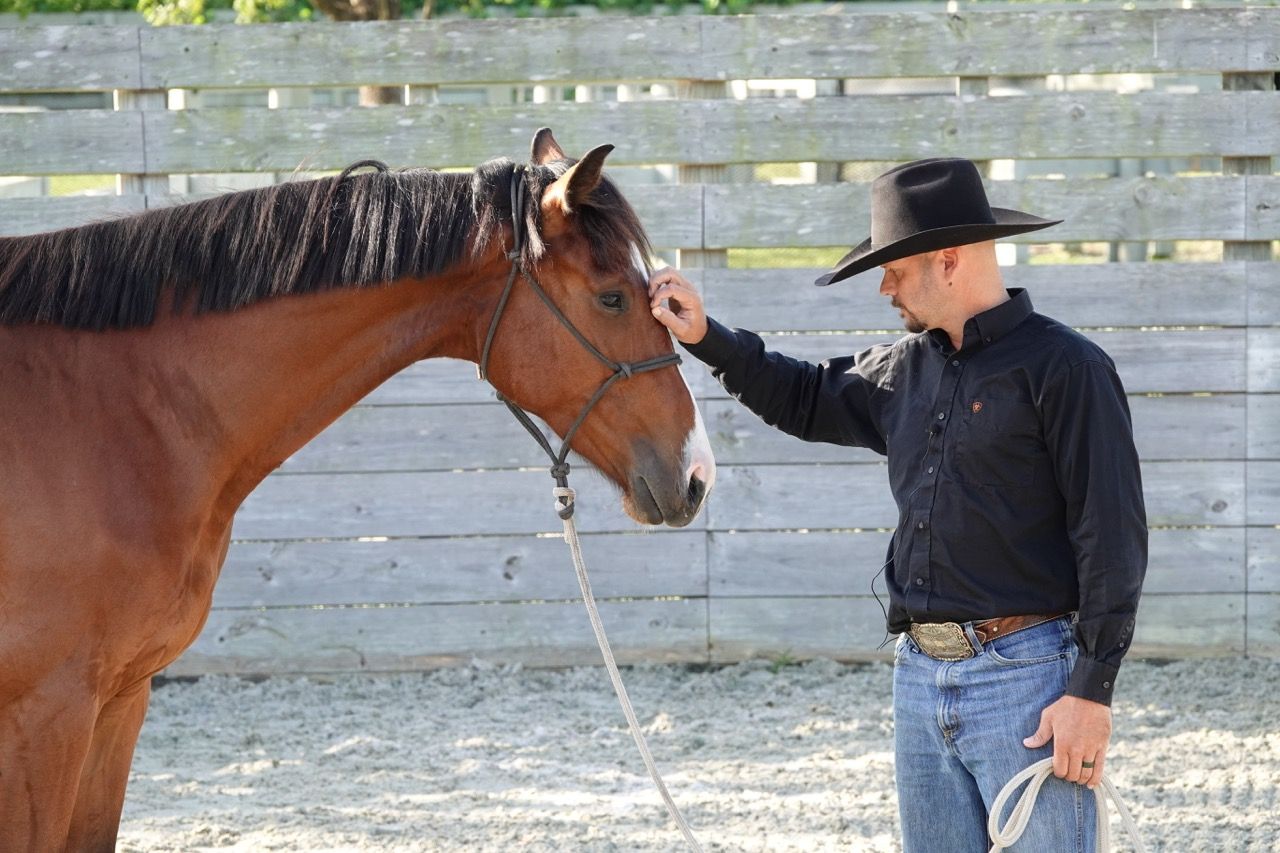
Understanding Horse Riding Basics
Before you can become an expert rider, it’s crucial to grasp the fundamental concepts of horse riding. These basics provide the foundation upon which all advanced skills are built.
Getting to Know Your Horse
Building a strong relationship with your horse is the first step. Understanding its behavior, temperament, and personality is key. Spend time grooming and talking to your horse to establish trust.
Essential Equipment for Riding
Investing in the right equipment is vital. This includes a well-fitted saddle, bridle, helmet, and appropriate riding attire. Safety should always be your priority.
Basic Riding Techniques
Learn the essential riding techniques such as mounting, dismounting, and maintaining the correct posture. Practicing these basics will boost your confidence and control.
Advanced Riding Skills
Once you’ve mastered the basics, it’s time to advance your skills. This section covers techniques that will enhance your riding experience and allow you to tackle more challenging terrains.
Trotting and Cantering
Understanding how to transition between trotting and cantering smoothly is crucial for advanced riding. Practice these transitions to make your rides more fluid and enjoyable.
Jumping Techniques
Jumping is a thrilling aspect of horse riding. Learn the proper techniques to approach, take off, and land jumps safely. This will require practice and patience but is immensely rewarding.
Trail Riding
Trail riding offers a unique experience of exploring the great outdoors on horseback. Learn how to navigate trails, handle unexpected obstacles, and enjoy nature’s beauty.
Training Your Horse
Training is a two-way street. While you are learning to ride, your horse is also learning. Effective training methods can make a significant difference in your riding experience.
Groundwork Exercises
Groundwork exercises are essential for building a solid foundation. They improve communication and trust between you and your horse. For more details, check here: Groundwork Exercises.
Basic Commands
Teaching your horse basic commands such as ‘walk,’ ‘trot,’ and ‘stop’ is crucial for effective communication. Consistent practice will reinforce these commands. More information can be found here: Basic Horse Commands.
Advanced Training Methods
For more in-depth training methods, consider exploring different techniques that cater to your horse’s specific needs. An external resource can be found here: Horse Training Methods.
Health and Safety
Ensuring the health and safety of both you and your horse is paramount. This section covers important aspects of maintaining well-being during your training sessions.
Horse Grooming
Regular grooming not only keeps your horse clean but also helps you identify any health issues early. Discover the best shampoos for show preparation here: Best Horse Shampoo.
Fly Repellent Solutions
Flies can be a nuisance during rides. Using shampoos with fly repellents can provide relief and comfort for your horse. Learn more here: Horse Shampoos.
Rider Safety
Wearing proper safety gear such as helmets and boots is crucial. Regularly inspect your equipment to ensure it is in good condition.
Conclusion
Embarking on the horse riding journey is an enriching experience. A horse riding training guide serves as a valuable resource, providing insights and techniques to enhance your skills and deepen your bond with your horse. By mastering the basics, progressing to advanced skills, and ensuring health and safety, you are well on your way to becoming an accomplished rider.
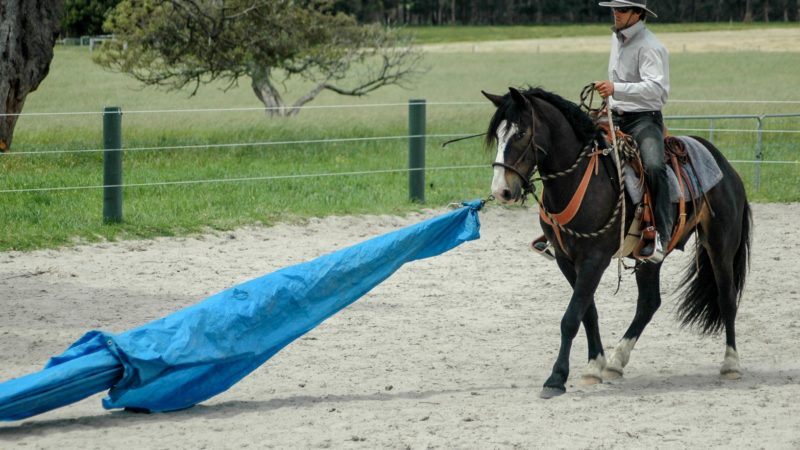
FAQs
What is the best age to start horse riding?
Children as young as 6 can start learning under supervision. However, it’s never too late to start, and adults can enjoy riding just as much.
How often should I train my horse?
Consistency is key. Ideally, you should train your horse several times a week, balancing between riding and groundwork.
What should I do if my horse doesn’t respond to commands?
It may be time to revisit basic training techniques and ensure consistent practice. Patience and persistence are vital.
For further reading, consider visiting this Horse Training page.
This article contains affiliate links. We may earn a commission at no extra cost to you.


